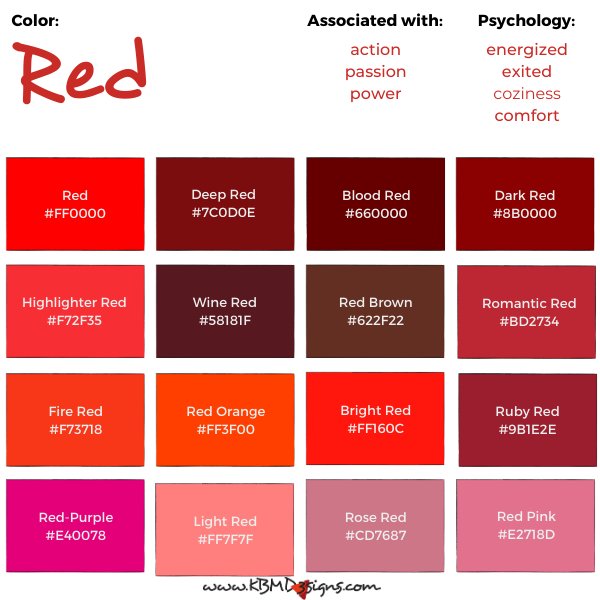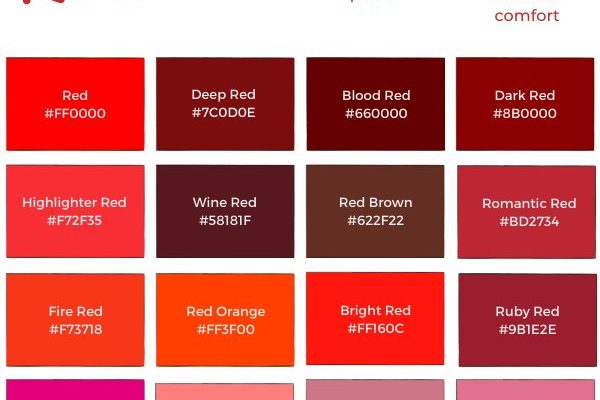
Bristle worms, or polychaetes, are marine worms found in various aquatic environments. While their appearance might make them seem intimidating, they play a crucial role in their ecosystems. You might think of them as the cleanup crew of the ocean, tirelessly working to recycle organic materials. So, what do those red tufts indicate about their health, habitat, and behavior? Grab a cup of coffee, and let’s explore this topic together.
What Are Bristle Worms?
Bristle worms are part of the larger family of polychaetes, which include thousands of different species. You’ll often find these worms in sandy or muddy seafloors, burrowing and scavenging for nutrients. They can range in size from just a few millimeters to over a meter long.
One of their most noticeable features is the bristles, or setae, that cover their bodies. These bristles are made of chitin and help the worms move through their environment, much like a cat uses its claws to grip and climb. The bright red tufts you may see are a specific type of bristle that serve several purposes.
You might wonder what exactly these red tufts are. They are often **gills** or **parapodia**, helping with respiration and movement. Every bristle worm species has its unique color and patterns, which can be a means of identification or a way to attract mates. So, if you see those red tufts, it’s a signal that the worm is likely healthy and thriving in its habitat.
Function of the Red Tufts
So, what role do those captivating red tufts play in the life of a bristle worm? For starters, they are essential for **respiration**. Red tufts often indicate that the worm utilizes gills to absorb oxygen from the water. Just as fish have gills for breathing underwater, these worms do too, making those red tufts quite useful.
These tufts can also serve a secondary function: movement. The tufts help the worm navigate through various terrains, using the bristles to grip onto surfaces while moving. Think of it like how a gecko uses its sticky feet to climb up walls.
Moreover, the color of the tufts can indicate the health of the worm. Bright red colors typically suggest a healthy specimen, as the pigmentation comes from the presence of hemoglobin in their blood. This is vital for their overall fitness and ability to thrive in their environment.
Environmental Indicators
You might be surprised to learn that the presence and health of bristle worms can serve as indicators of the environment they inhabit. An increase in **red tufted** bristle worms in a specific area can signal a healthy ecosystem. These worms often thrive in nutrient-rich waters, so their presence can indicate a balanced ecosystem.
Conversely, if you notice changes in their population or the vibrancy of those red colors, it could point to issues in the habitat. Pollutants, changes in water quality, or shifts in temperature can stress these organisms. When they start to decline, it’s a warning sign for marine biologists and ecologists that something is off in the environment.
In essence, the red tufts on bristle worms are more than just a pretty sight; they’re telling us about the health of the surrounding ecosystem.
Diet and Feeding Habits
Bristle worms are opportunistic feeders, which means they don’t have a picky diet. They thrive on a mix of organic materials, including decaying plant matter, small fish, and even detritus that sinks to the seafloor. Their feeding habits can often be tied to their vibrant appearance.
The red tufts at the front of their bodies are sometimes used to capture food. Think of them as tiny hands reaching out to grab whatever delicious morsels float by. They can also sense changes in their surroundings, helping them locate food sources more efficiently.
If you have an aquarium with bristle worms, you may want to ensure a balanced diet for them. When well-fed, their red tufts will remain vibrant, reflecting their health and energy levels. On the flip side, if their diet lacks variety or nutrients, their colors may dull, signaling potential health issues.
Behavioral Traits
You might find it interesting how bristle worms behave. Unlike some other marine creatures, they can be quite social, often seen in groups. Their vibrant red tufts can play a role in mating rituals, as potential partners may be drawn to the most colorful individuals.
In addition, bristle worms are known to be highly mobile. They can move quickly when threatened, often using their bristles to dart away from predators. This behavior can protect them but also contributes to their ability to thrive in diverse environments.
Furthermore, bristle worms can exhibit fascinating behaviors when it comes to reproduction. During certain times of the year, you may observe them gathering in larger numbers, engaging in a sort of underwater dance to attract mates. The display of those eye-catching red tufts serves to showcase their health and vitality.
In wrapping up our exploration of **red tufts on bristle worms**, it’s clear that these vibrant features carry deeper meanings than you might first think. From signaling health and aiding in respiration to indicating the state of their environment, these worms play a significant role in marine ecosystems.
The next time you encounter a bristle worm, take a moment to appreciate those bright tufts. They’re not just a splash of color; they’re indicators of life, health, and the delicate balance of underwater ecosystems. By understanding what those red tufts signify, you can gain a greater appreciation for the fascinating world of bristle worms and the intricate relationships they maintain within their habitat.

